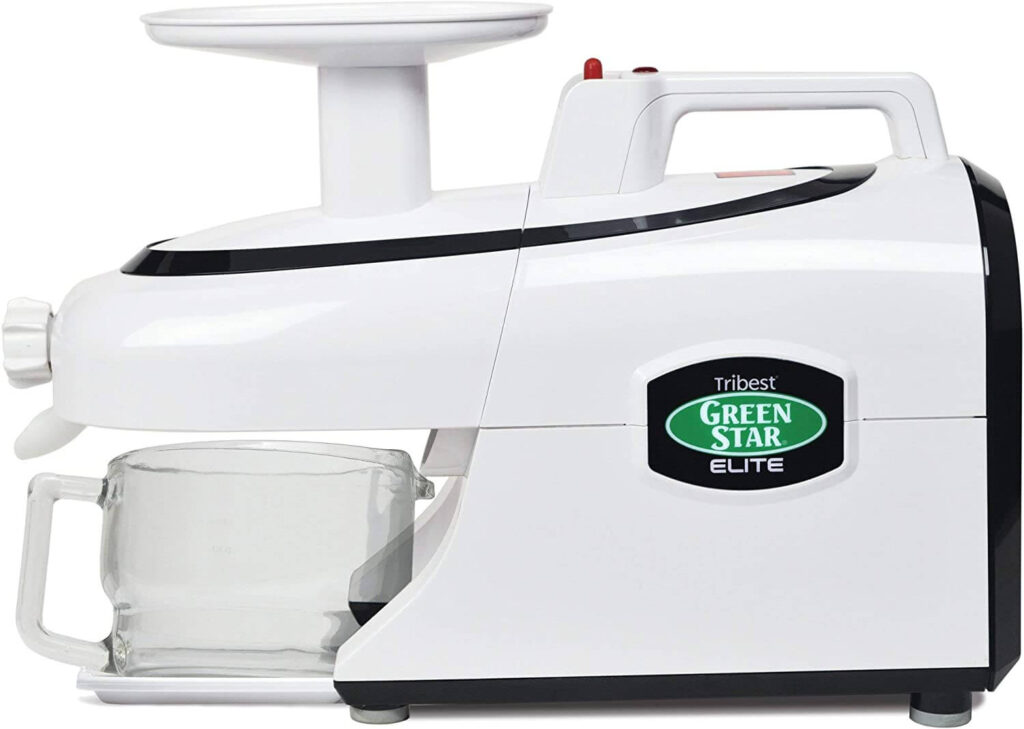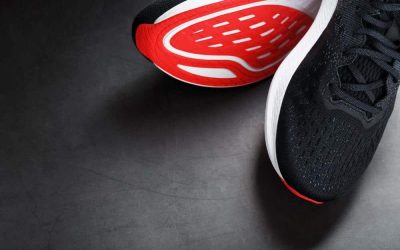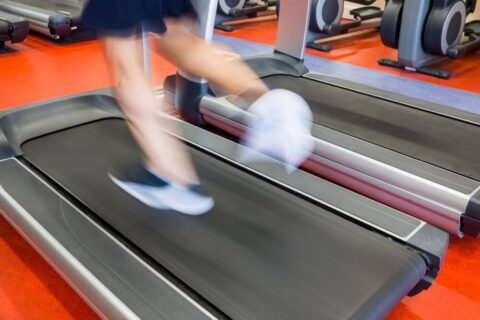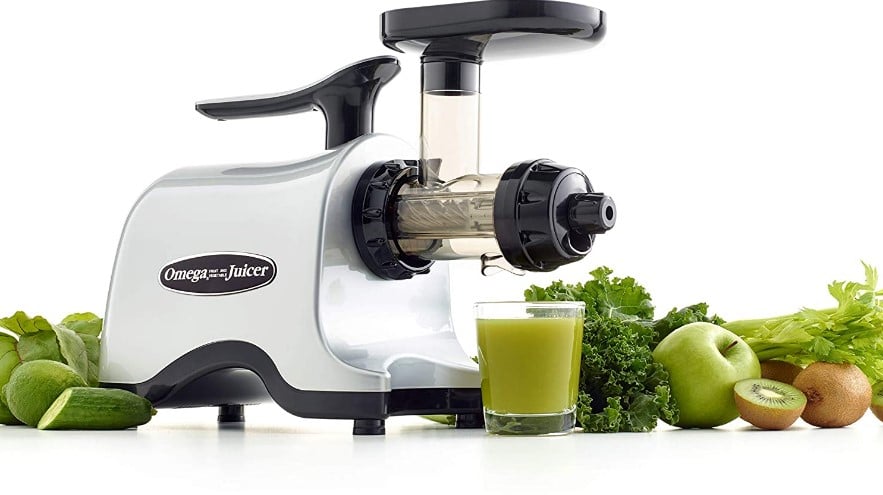Many of us might be confused with this term ‘Is Masticating Juicer the Same as Cold Press’? The cold press is generally the low speed masticating juicer, or the Sous Vide machine? This article will delve into the details and explain what’s the difference between these two.
Contents
1. Masticating Juicer Vs Cold Press Juicer
Masticating juicers are designed to produce high quality juice by “slow” crushing and pressing (masticate) fruits and vegetables through a single auger that repeatedly turns and presses them against a mesh filter screen called the strainer basket whilst extracting their nutrients. The pulp is squeezed between two rotating gears in a meat grinder-like motion for juicing. Juice collected from this type of masticating juicer is higher in nutrients because it retains more of its natural fiber.
The cold press juicer, instead, is designed to extract the maximum amount of juice from fruits and vegetables by applying pressure on the produce to release their juices without generating heat that could damage some ingredients’ nutritional values.

Cold-press machines employ slow RPMs (60–80) while masticating juicers can have 2-4 times faster speeds (120-240). Another difference between them is that cold press machines use a hydraulic pressing method which relies on gravity to force out juice, unlike masticating juicers with their pressing gears or augers that grind up produce as they are forced through a screen mesh.
Cold press does not heat up the juice extracted from fruits and vegetables, but it can still be exposed to heat during transport.
Another advantage of cold press machines is that they have powerful motors (1 HP or more) which are capable of crushing hard produce like carrots and beets.
2. Masticating Vs Cold Press Juicer: Which one should I buy?
The short answer is: it depends on your needs. Let’s first see what types of ingredients you will need to process in order to make a decision. If you love juicing greens, then choose a masticating juicer because there aren’t many cold press juicers designed for it yet . Sometimes we might feel that our current machine could not handle the type of food we planned to use. After all, it’s the motor that makes these machines work, so if we need to process a tough ingredient like carrots or celery then we should choose a cold press juicer with a powerful motor.
Read More: Best Cold Press Juicers for 2021 – Trusted Brands, Buying Guide and FAQs
Another example is when you plan to juice citrus fruits or anything containing citric acid (the main component of lemon and lime). The acid in these ingredients can easily ruin your machine if it isn’t designed for citrus. To be safe, simply buy a masticating/cold press juicer instead of the centrifugal type as they are designed to handle high amounts of citric acid.
Read More: Best Cold Press Juicers for Celery – Our Top Picks
Lastly, if you want to extract the maximum amount of juice from your ingredients but don’t care too much about their original texture and whether it has fibre or not then a centrifugal juicer is the right one for you. In this case, use low speed settings (60 RPM) and cut your ingredients in smaller pieces so they would fit in the feeding tube. This will help you get more juice without destroying its nutritional value.
3. Comparison
Simply put, there’s no clear answer to this question because the two types of machines have their own pros and cons. Each user needs to evaluate his/her individual needs to determine whether a particular juicer suits them or not. Without further ado, here are some things to consider:
Juicing Speed (RPM)
Masticating juicers operate at low RPMs (60-150), while centrifugal juicers range from as high as 10,000 RPMs. Cold press juicers also process rather slowly but still can work significantly faster than masticating ones because it doesn’t need to deal with fibrous produce. So the answer is: yes, cold press machines do operate slower than masticating ones , but they’re capable of extracting more juice from most ingredients since the pulp is left unbroken.

Ready Juice
Masticating machines have wide chutes which makes them ideal for prepping large volumes of fresh veggies and fruits at once, so you can store them in the fridge to use later. On the other hand, cold press juicers do not have wide feeding tubes; instead, they need to be cleaned every time you make a new batch of juice. So if you like to juice on-demand then a masticating juicer is best suited for your needs . For more information about how long it takes to make juices with these two types of machines check out this post: Juicing Speed Comparison Guide .
More Juice/Nutritional Value?
If you want more juice without fiber then choose a centrifugal/cold press juicer combo. Centrifugal juicers are better suited for hard ingredients, like apples and carrots, while the cold press ones usually process softer ingredients, like cucumber and celery. For greens I recommend using a masticating/cold press machine . That said, if you love eating whole fruits and veggies (unlike us juice lovers) you might want to use an even slower juicer which can extract up to 20% more juice than the masticating type. It’s called hydraulic press method or “Cold-Pressing”. Check out this post to learn more about it: How To Get The Most Juice From Your Fruits And Veggies?
Here’s another juice comparison guide I made that might help you decide which machine is right for your needs: Centrifugal vs Cold Press Juicer – Which Is Better?
What Is The Difference Between A Masticating/Cold Press (HP) Juicer And A Centrifugal One?
A masticating or cold press juicer extracts juice by slowly “chewing” on fruits and veggies. They tend to be quieter and use more power than centrifugal juicers. They are also more versatile as they can perform both wet and dry milling which means they can process a whole variety of ingredients, including nuts, soft wheat grains like oats, soybeans, etc.
A centrifugal juicer operates at high RPMs and it’s able to mince ingredients into small fragments thanks to its spinning basket. There are some models that have automatic pulp ejection so you can attach a container beneath the spout and collect every juice without needing to stop machine while pressing the pulp through with your fingers. Centrifugal machines are much faster than masticating ones, but they’re more expensive because they require less power to operate than their counterparts.




















1 thought on “Is Masticating Juicer the Same as Cold Press?”
Its informative but not complete!